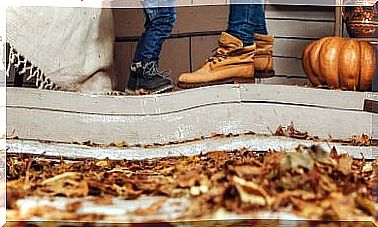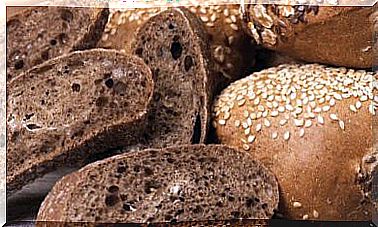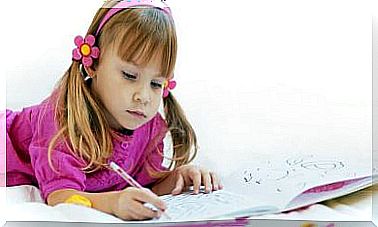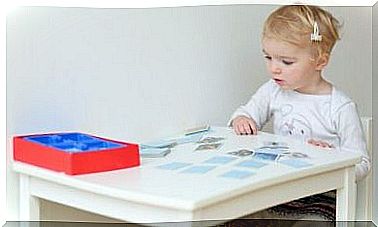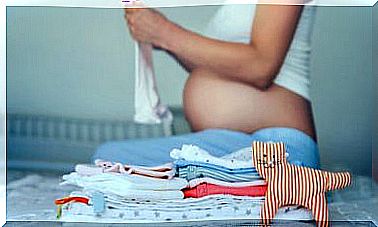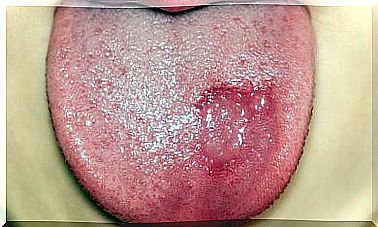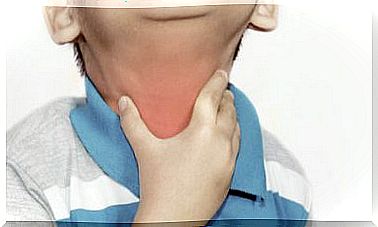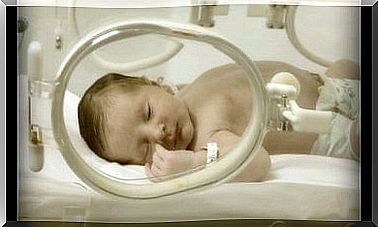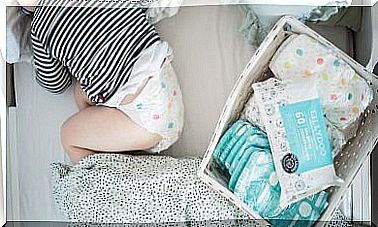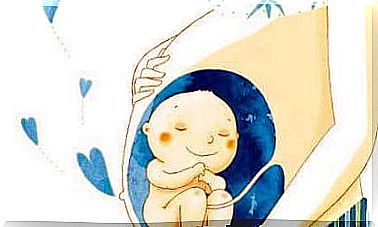Walker Or Crawl? What Is Better?

Walker or crawl? This may be a question many mothers have in common. At first glance, it may seem that the baby walker is better at stimulating exercise on the baby’s part than just putting it on the floor to crawl.
Because, theoretically, the baby walker seems to prepare the baby to walk, strengthening his legs and allowing his hands free to reach toys and objects that pique his interest.
However, the question here is to analyze what is best for your baby: walker or crawling? Inevitably, we tend to one answer: to crawl . Always prefer to put your baby on the floor to crawl. In this article, we will substantiate that choice.
Crawling and cognitive development
The baby’s cognitive development, from the early stages, is related to motor activity.
During the process in which the baby learns to support his head, turn around himself, raise his back by supporting his small hands, move by crawling, standing, walking and running, he builds information routes in his brain and ensuring the maturation of neurological functions. Thus, your cognitive performance is boosted.
When crawling, the child connects the two cerebral hemispheres, creating information routes for the maturation of different cognitive functions.
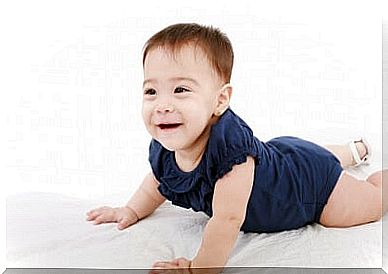
Crawl to exercise the body
The act of crawling is one of the first exercises that a human being performs to tone muscles.
As you crawl, your baby’s muscles, hips, and spine are strengthened to allow him to develop more complex skills. In this case, skills that require greater muscle and bone rigidity, such as sitting, walking and running.
The benefits of crawling
When a child crawls, he develops his proprioceptive system, which is made up of all the receptors and nerves located in the joints, muscles and vestibular system, which are responsible for proprioception.
Proprioception is the ability that makes us aware of the position and coordination of both the musculature and the continuous parts of our body. Allowing us to provide a quick response whenever we move or move.
Proprioception regulates balance and controls coordination on both sides of the body, as well as speed of movement.
Crawl to get a better view
When a baby crawls, it uses its vision to get its bearings. When he looks at the ground, he exercises his short-distance vision and makes his eye muscles work.
The baby concentrates on looking at where he is moving and everything around him. So, focus both eyes in the same direction. By focusing your eyes, you develop better vision.
Crawl to develop the tactile system
Whenever the baby puts his hands on the floor, as well as when he touches sheets, diapers, clothes and toys, he identifies the texture of the objects. Therefore, it also develops touch.
Crawl to recognize distances
When the child looks at his hands, he assimilates the distance between his head and limbs. This measurement allows you to orient yourself in space, also taking it as a reference to measure the surrounding environment.

crawl to write better
It was proven that the psychomotor development is closely related to learning manners.
Whenever the baby learns to move and move, he develops intelligence. In this sense, writing is also included.
Children who crawled when they were little learned to write faster. In addition, they also had better muscle control than those who did not crawl.
The sense of touch benefits fine motor skills so that when the time to write arrives, the child will be able to have good control of the strokes.
Walker or crawl?
Mom, if your pediatrician has already indicated that your baby is ready to move, when you are in doubt about “walking or crawling?”, we encourage you to prefer crawling before putting your little one on the walker.
We make this recommendation based on the fact that the act of crawling allows the child to interact with the environment. It also increases self-confidence, encourages interest in exploration and knowledge, and stimulates physical and psychological development.
